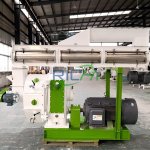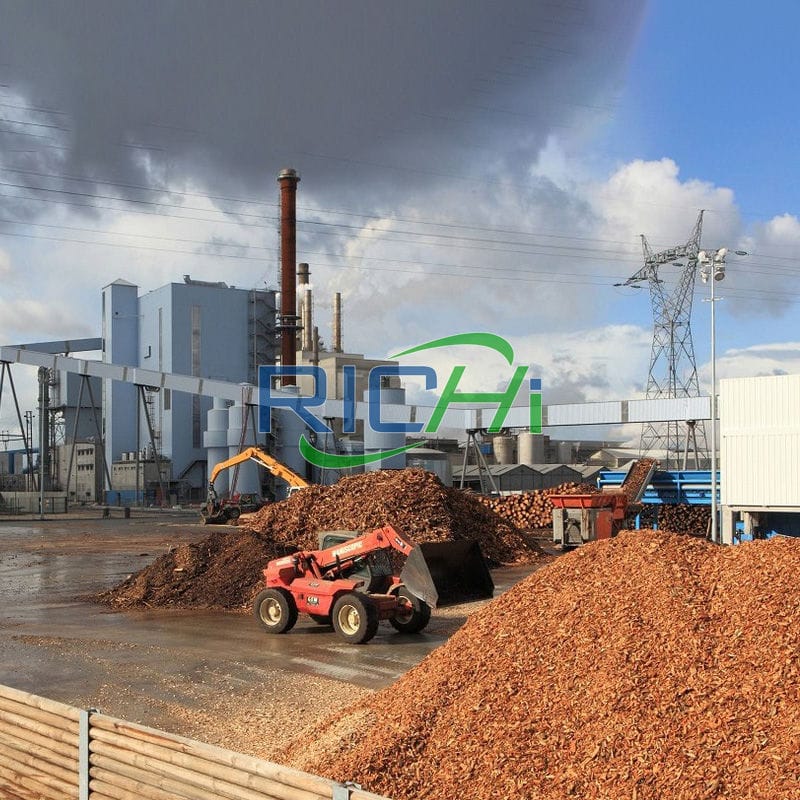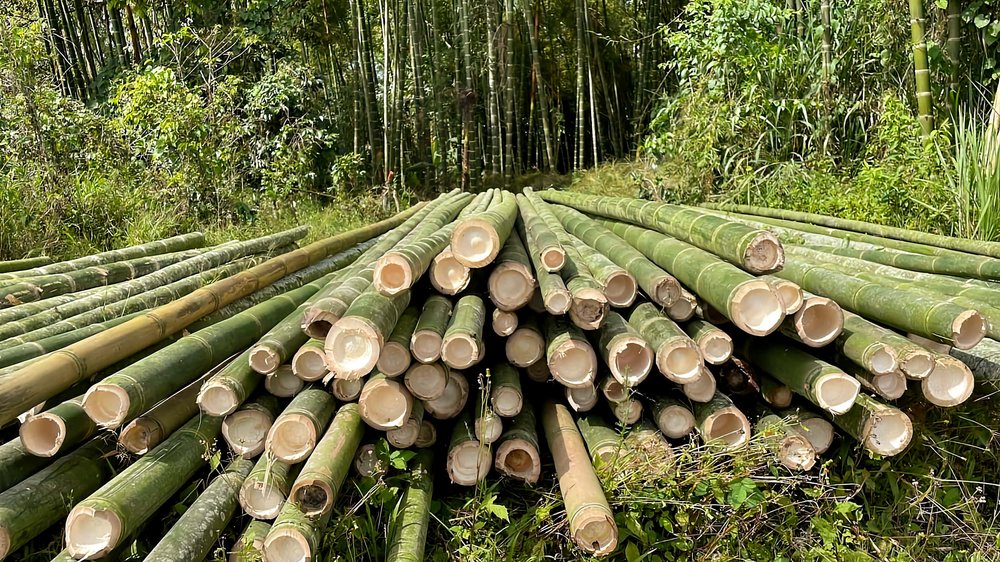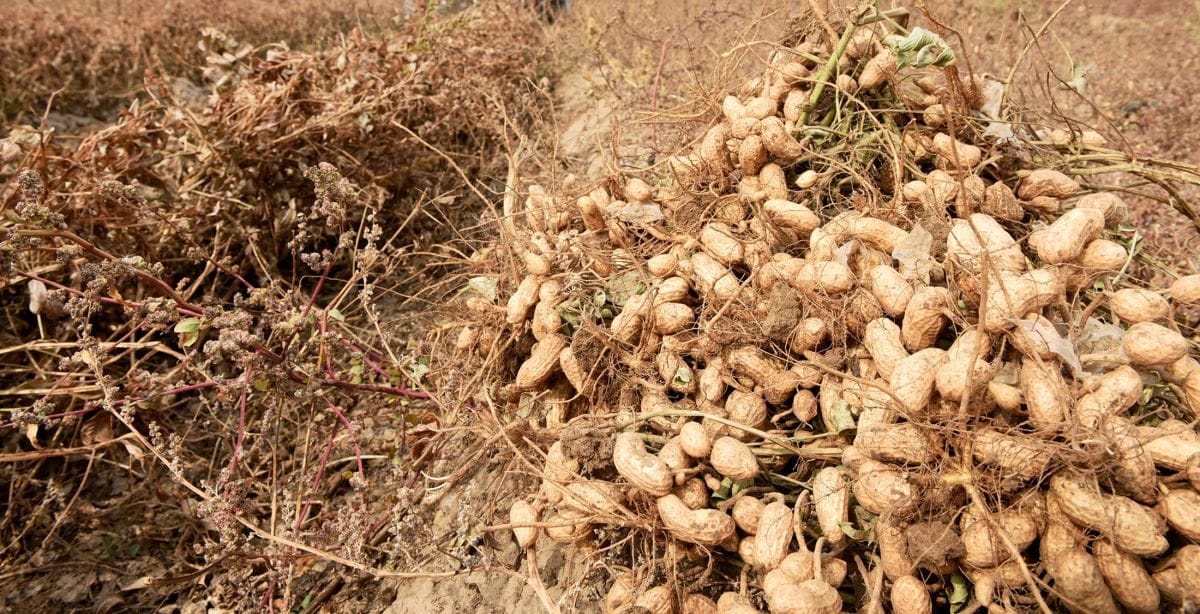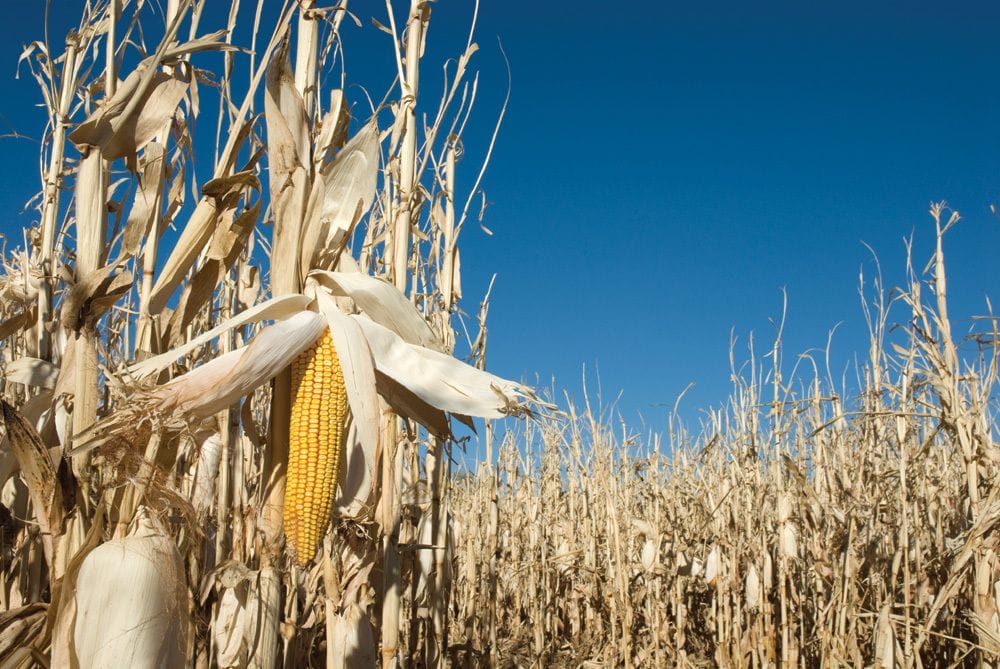The global drive towards sustainable energy sources has significantly increased the demand for fuel pellets, which are used for heating and power generation. A 5 tons per hour (t/h) fuel pellet plant represents a substantial investment and has varying market demands across different countries. This article explores the market demand for 5t/h fuel pellet plants in various regions and the factors influencing these demands.
Key Factors Influencing Market Demand
- Energy Policies and Incentives
- Countries with strong renewable energy policies and incentives tend to have higher demand for fuel pellets.
- Government subsidies, tax breaks, and grants can significantly boost market demand.
- Availability of Raw Materials
- Regions with abundant raw materials, such as wood, agricultural residues, and other biomass, have higher potential for fuel pellet production.
- Proximity to raw material sources reduces transportation costs and increases profitability.
- Energy Prices
- High fossil fuel prices can drive demand for alternative energy sources like fuel pellets.
- Regions with high energy costs are more likely to adopt fuel pellets as a cost-effective alternative.
- Environmental Regulations
- Strict environmental regulations can increase demand for cleaner energy sources.
- Countries aiming to reduce carbon emissions may promote the use of fuel pellets.
- Market Awareness and Adoption
- Public awareness and acceptance of renewable energy sources influence market demand.
- Regions with established markets for fuel pellets tend to have higher demand.
Related post: sawdust pellet machine
Market Demand in Different Regions
- Europe
- High Demand
- Key Factors: Strong renewable energy policies, high energy prices, strict environmental regulations, and well-established markets.
- Example: Countries like Germany, Sweden, and Denmark have significant demand for fuel pellets due to their commitment to renewable energy and stringent environmental standards.
- Market Insight: In Germany, the demand for fuel pellets is driven by incentives for renewable energy and high fossil fuel prices. The country has a well-developed infrastructure for pellet production and consumption, making it a prime market for a 5t/h fuel pellet plant.
- North America
- Moderate to High Demand
- Key Factors: Increasing energy prices, growing awareness of renewable energy, and supportive government policies.
- Example: The United States and Canada have seen a rise in demand for fuel pellets, particularly in regions with high heating costs and strong environmental policies.
- Market Insight: In the United States, states like California and New York have strong policies promoting renewable energy, leading to increased demand for fuel pellets. The presence of vast forest resources also supports the growth of the pellet industry.
- Asia
- Growing Demand
- Key Factors: Rapid industrialization, increasing energy consumption, and government initiatives for renewable energy.
- Example: China and India are emerging markets for fuel pellets, driven by their need to reduce pollution and reliance on coal.
- Market Insight: In China, the government’s focus on reducing air pollution and promoting clean energy has led to a growing market for fuel pellets. The country’s vast agricultural and forestry resources provide ample raw materials for pellet production.
- Latin America
- Moderate Demand
- Key Factors: Abundant raw materials, growing energy needs, and emerging renewable energy policies.
- Example: Brazil and Chile have potential for increased fuel pellet demand due to their agricultural and forestry sectors.
- Market Insight: In Brazil, the availability of biomass from the agricultural sector supports the production of fuel pellets. The country’s focus on renewable energy sources is expected to drive future demand.
- Africa
- Emerging Demand
- Key Factors: Abundant biomass resources, increasing energy needs, and growing awareness of renewable energy.
- Example: South Africa and Kenya are showing interest in fuel pellets as an alternative energy source.
- Market Insight: In South Africa, the government’s efforts to diversify energy sources and reduce reliance on coal are creating opportunities for the fuel pellet market. The country’s agricultural sector provides a steady supply of raw materials for pellet production.
- Australia
- Moderate Demand
- Key Factors: High energy prices, environmental concerns, and government incentives for renewable energy.
- Example: Australia’s commitment to reducing carbon emissions and high energy costs are driving the demand for fuel pellets.
- Market Insight: In Australia, the high cost of traditional energy sources and the government’s renewable energy targets are boosting the market for fuel pellets. The country’s forestry sector provides a reliable source of raw materials.
Detailed Market Analysis
- Europe
- Germany: High demand due to strong renewable energy policies and high energy prices. The market is well-established with significant infrastructure for production and consumption.
- Sweden: Strong government incentives and a well-developed market for fuel pellets. The country’s cold climate increases the demand for heating solutions.
- North America
- United States: Growing demand in states with high heating costs and strong environmental policies. The availability of forest resources supports the industry.
- Canada: Similar to the US, with a focus on renewable energy and abundant raw materials.
- Asia
- China: Rapid growth in demand due to government policies promoting clean energy. The country’s industrial sector is a significant consumer of fuel pellets.
- India: Emerging market driven by the need to reduce pollution and reliance on coal. The agricultural sector provides ample raw materials.
- Latin America
- Brazil: Moderate demand with potential for growth. The agricultural sector supports the production of fuel pellets.
- Chile: Emerging market with growing awareness of renewable energy and abundant biomass resources.
- Africa
- South Africa: Emerging demand driven by the need to diversify energy sources. The agricultural sector provides raw materials for pellet production.
- Kenya: Growing interest in renewable energy solutions and abundant biomass resources.
- Australia
- Australia: Moderate demand with potential for growth. High energy prices and government incentives support the market for fuel pellets.
Conclusion
The market demand for a 5t/h fuel pellet plant varies significantly across different countries, driven by factors such as energy policies, raw material availability, energy prices, environmental regulations, and market awareness. Europe and North America show high to moderate demand due to strong renewable energy policies and high energy prices. Asia, particularly China and India, is an emerging market with growing demand driven by industrialization and government initiatives. Latin America, Africa, and Australia also show potential for growth, supported by abundant raw materials and increasing awareness of renewable energy.
Investors and operators must carefully consider these factors when planning to establish a fuel pellet plant. By understanding the specific market conditions and leveraging local advantages, businesses can optimize their investment and achieve long-term success in the dynamic global market for fuel pellets.

